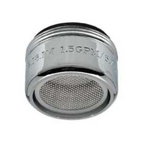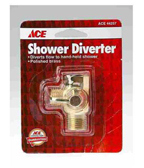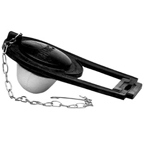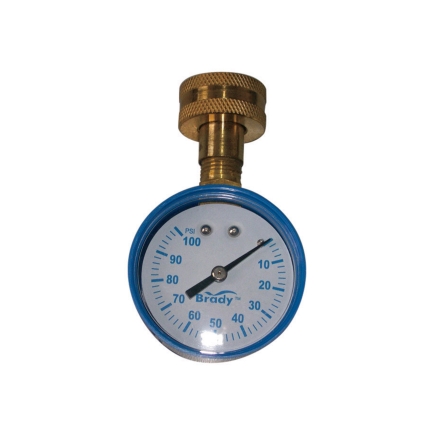You have most likely heard the saying “A little bit now goes a long way later.” It makes sense, but how often do we act upon this idea? With the correct end goal in mind, we can more easily apply the initial steps that will better us off down the road. The goal of this article, and what your end goal should be after reading this article, is to save up to 40% on your water bills. How can this be done? Well, let’s take a look at 7 easy tips that will put money back in your pockets, guaranteed.
Tip 1: Use a 1.5GPM aerator for your sink

You can save up to 280 gallons of water per month using a 1.5 gallon per minute (GPM) aerator. Aerators only cost about $3 and they reduce the water coming through the faucets by mixing it with air. Since there is less space for the water to flow through, the water flow is reduced. However, the water pressure is maintained. This is why most people don’t notice a difference in the amount of water coming out of an aerated faucet vs. a non-aerated faucet (ehow.com).
Tip 2: Use a 2.0 GPM Showerhead
A showerhead that allows a flow of 2 GPM, instead of the standard 3.2 GPM, will work great and save you money. This is the same concept as using aerators for your sink. Even though the water flow is less, you will notice the same water pressure and quality of your shower.
Tip 3: Make sure your diverter is working correctly

The diverter allows you to change water flow from the tub spout to the showerhead, vice versa. Sometimes you will notice that while the water is coming out of the showerhead, it is also still dripping out of the tub spout. If you see this, your diverter is not working properly and it is time to replace it. Doing this will save you thousands of gallons of water per month.
Tip 4: Use a 1.6gal/flush toilet vs. 3.6 gal/flush toilet
Using a 1.6gal/flush toilet vs. the old standard will save you up to 20% on your indoor water usage. Some people are skeptical of how well low-flow toilets work. Would you mind using a 1.6gal/flush toilet if it got the job done? There are a lot of different toilet options out there today with the technology to make sure a clean flush happens every time, all while using less than 1.6 gal/flush.
Tip 5: Make sure your toilet flapper is not leaking

To check if your toilet is leaking, take some dye and squirt some in the tank of the toilet. Wait about 15 minutes, and if the water in the bowl changes color, you have a leaky toilet flapper. Toilet flappers are very inexpensive, easy to change, and they usually last about 18 months. This is very important because a leaky toilet can waste thousands of gallons per month.
Tip 6: Water pressure should be between 40-60psi

High water pressure can take its toll on your plumbing fixtures. Using a water pressure gauge to make sure your fixtures are operating with 40-60psi will save you money by reducing water usage and prolonging the life of your plumbing fixtures.
Tip 7: Switch to front loading washing machines
The average top loading washing machine uses about 31.5 gallons of water per cycle. On the other hand, the average front-loading washing machine uses about 11 gallons of water per cycle. I do understand that replacing all of your washers at once may not be economical, but as you replace washing machines, make sure to use the front loaders. Doing so will save you thousands per year.
Follow these tips and remember a little bit now, goes a long way later. Also, be sure to check your faucet aerators, showerheads, water pressure, and toilet flappers once per year. Maintaining these requires minimal effort and will keep you proactive on saving water.


